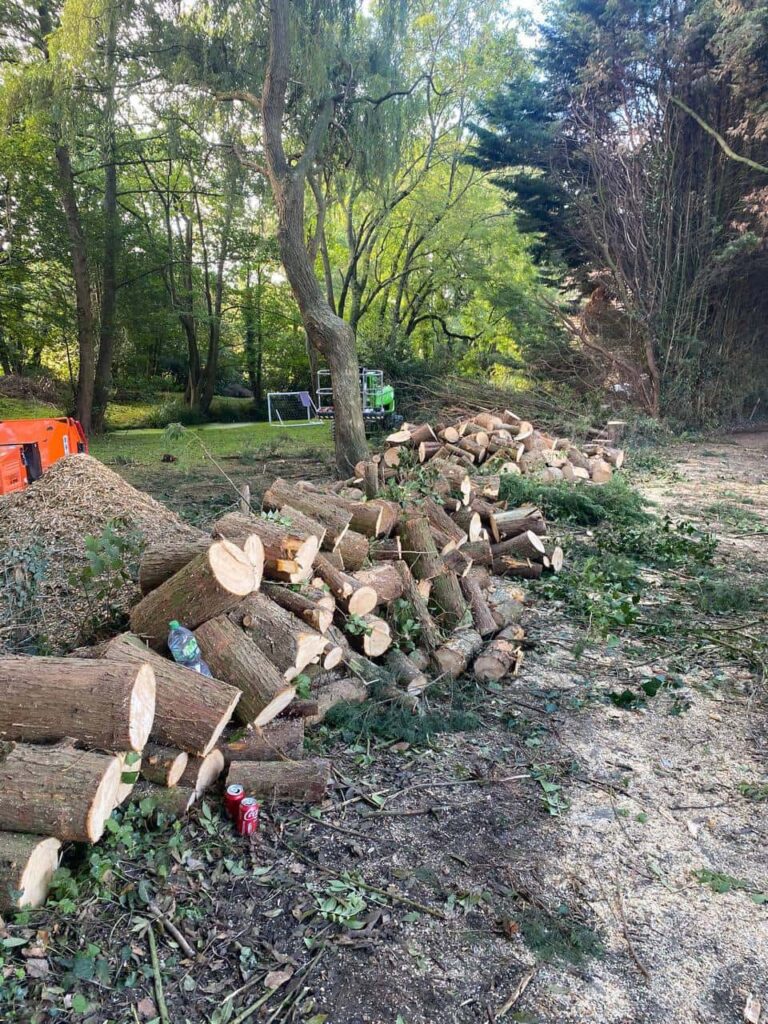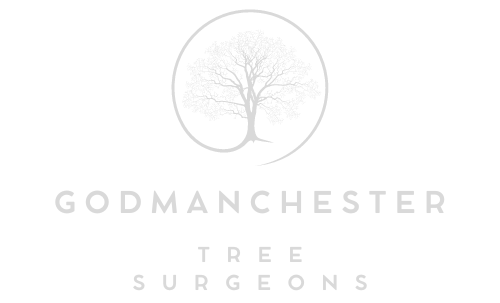Preserving Heritage Trees: Dead Wood Removal in Historic Landscapes
Introduction: Historic landscapes often boast magnificent trees that have witnessed generations of change and growth. These heritage trees are invaluable for their aesthetic beauty and historical significance. However, even the most venerable trees require care and maintenance, including dead wood removal. This blog post will explore the importance of preserving heritage trees and the delicate balance needed for dead wood removal in historic landscapes.
The Significance of Heritage Trees:
Heritage trees are living treasures that provide a connection to the past and enrich the cultural and natural heritage of a location:
1. Historical Value: They may have witnessed essential events, served as landmarks, or been planted by notable figures, adding to the historical fabric of a place.
2. Ecological Value: Heritage trees often host unique ecosystems, supporting a diversity of wildlife, fungi, and plants.
3. Aesthetic Value: These trees contribute to the scenic beauty of historic landscapes, enhancing their character and charm.
Challenges of Dead Wood Removal in Historic Landscapes:
Preserving heritage trees while ensuring safety and health can be a complex task:
1. Preservation: The primary goal when dealing with heritage trees is preservation. Dead wood removal must be approached with caution to minimise harm and disturbance.
2. Aesthetic Considerations: Removing dead wood without impacting the tree’s historic character and appearance requires a careful balance.
3. Risk Mitigation: Dead wood poses a safety hazard, particularly in public areas. It must be managed to prevent accidents without compromising the tree’s integrity.
The Expertise of Godmanchester Tree Surgeons:
When it comes to heritage tree care and dead wood removal in historic landscapes, the expertise of professionals like Godmanchester Tree Surgeons is invaluable:
1. Assessment: Tree surgeons assess the tree’s health and safety, identifying which dead wood should be removed and which should be retained for habitat and historical value.
2. Preservation Techniques: They employ specialised techniques, such as crown cleaning, to remove dead wood selectively while preserving the tree’s structure and aesthetics.
3. Safety Measures: Tree surgeons prioritise safety, implementing measures to protect the tree and the public during dead wood removal operations.
4. Environmental Considerations: Professionals understand the ecological significance of heritage trees and take care to minimise disruption to associated ecosystems.
Conclusion: Preserving heritage trees is a responsibility that extends beyond their aesthetic or historical value. These trees are living links to the past and contribute to the beauty and diversity of our landscapes. The delicate balance between preservation and safety must be maintained when it comes to dead wood removal in historic landscapes. By entrusting the care of heritage trees to experts like Godmanchester Tree Surgeons, we can ensure that these living treasures continue to thrive, enriching our lives and landscapes for future generations.
Call us on: 01480 270 985
Click here to find out more about Godmanchester Tree Surgeons
Click here to complete our contact form and see how we can help with your tree’s needs.

